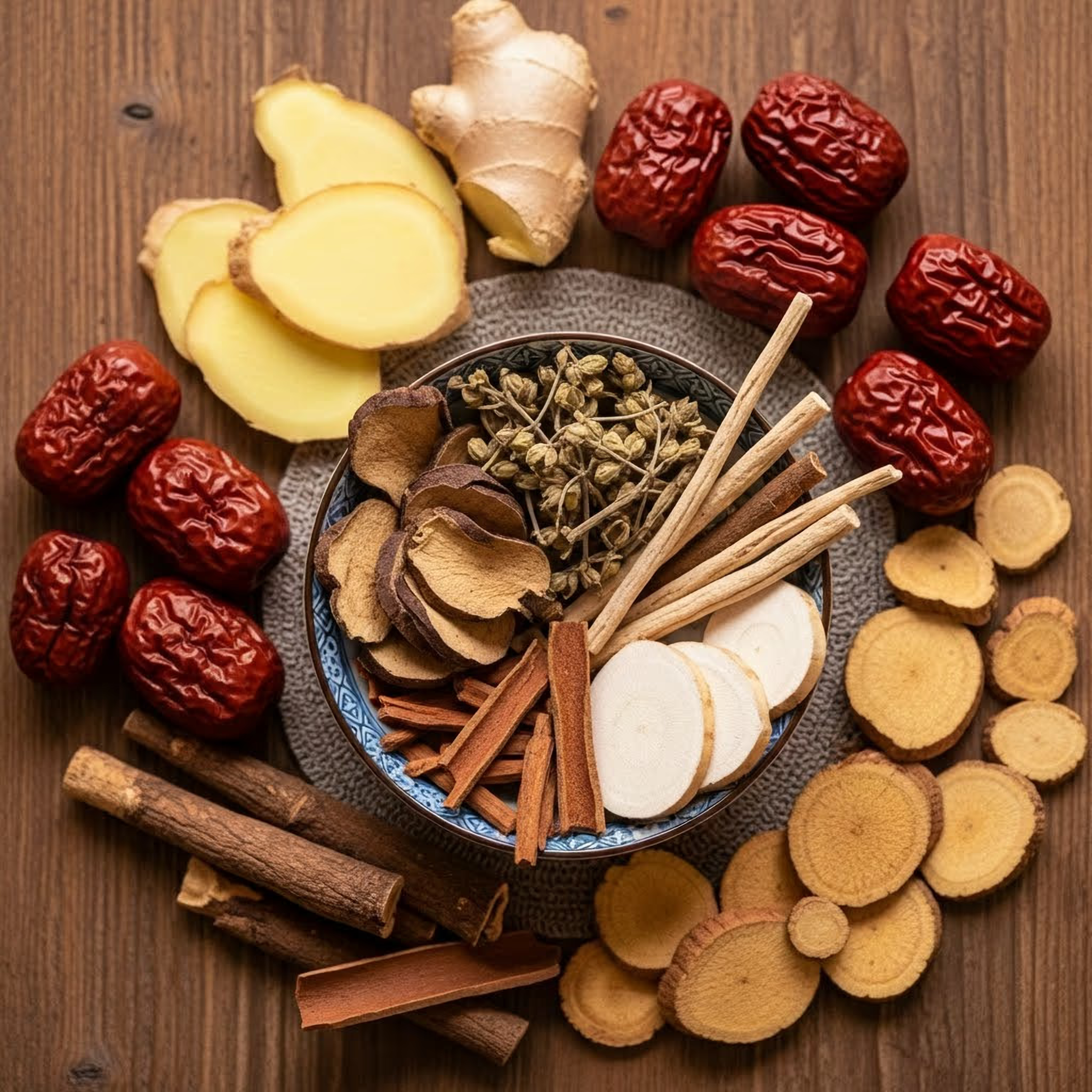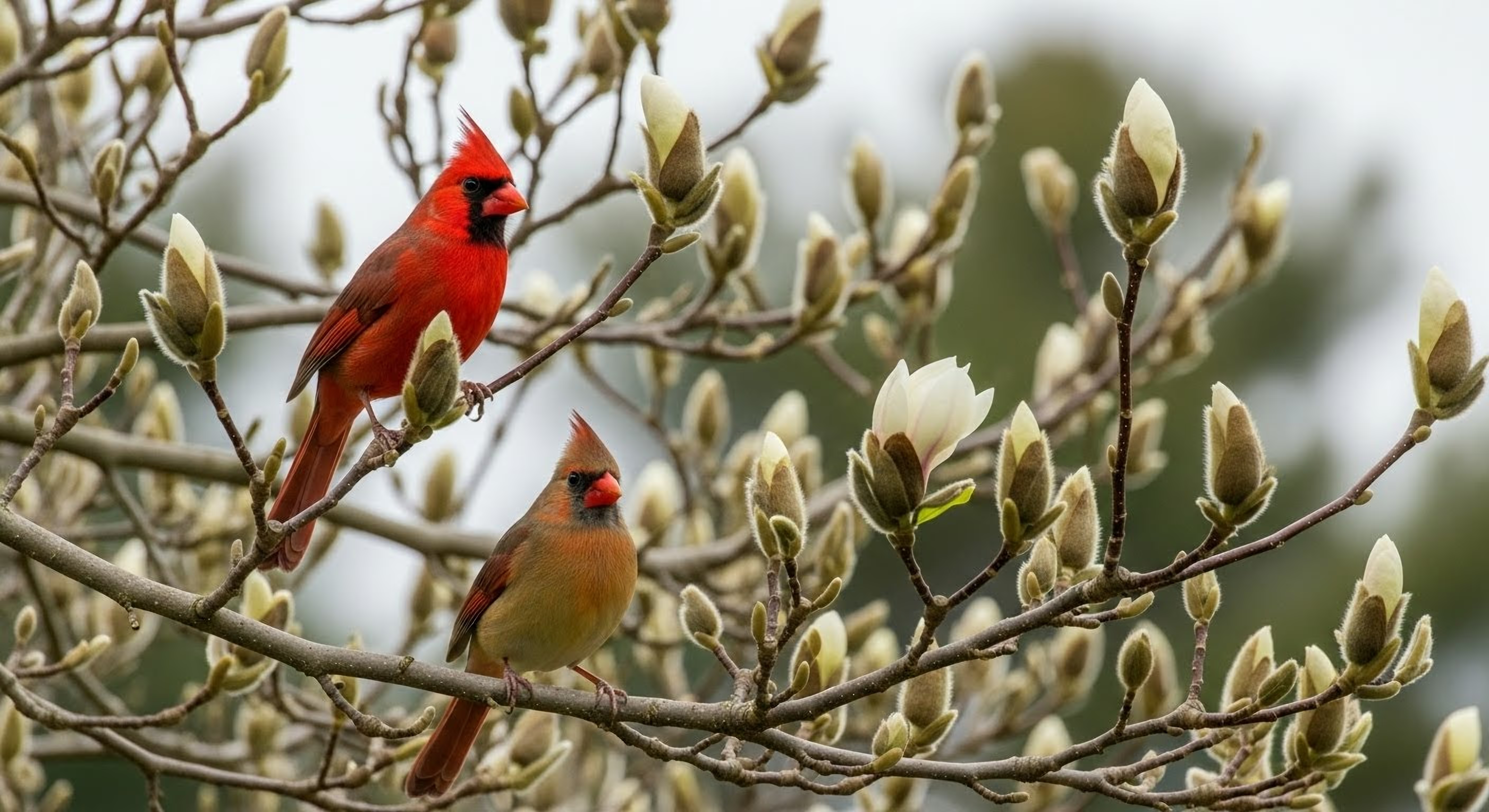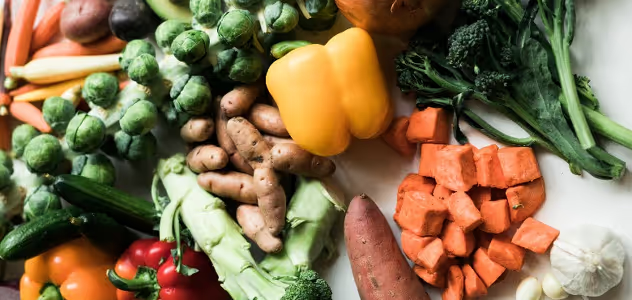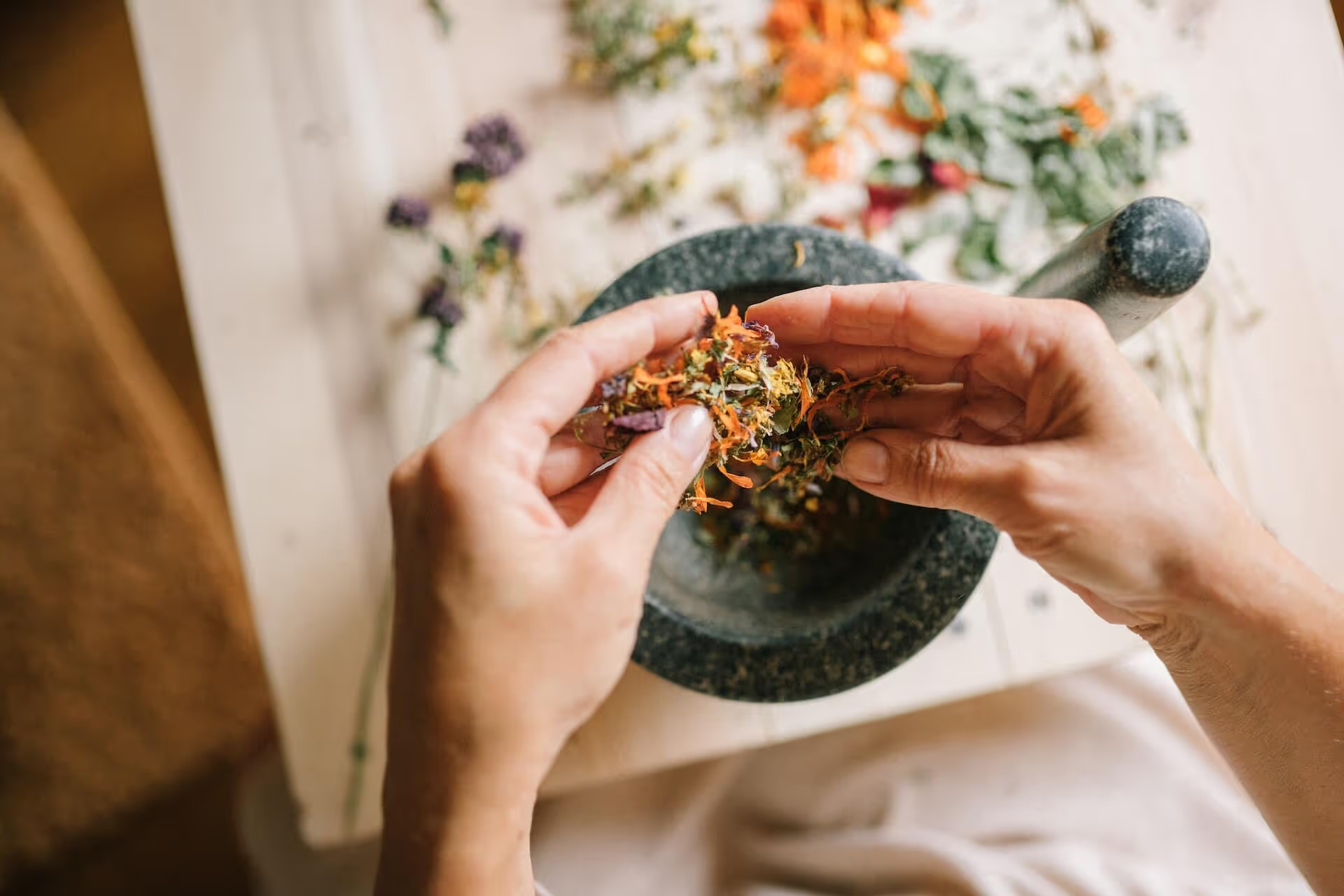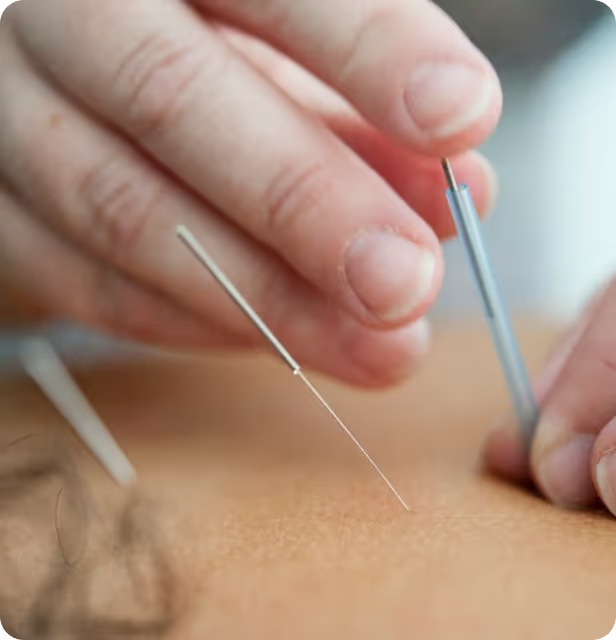When seasonal challenges strike, that first feeling of being "under the weather" is unmistakable. For nearly two thousand years, practitioners of Traditional Chinese Medicine (TCM) have turned to a specific herbal formula for the early stages of these challenges: Ge Gen Tang. Known as Kakkonto in Japan, this formula, with Kudzu, Ge Gen's standard common name, as its star ingredient, is one of the most well-researched traditional remedies for supporting the body's natural defenses and promoting comfort when you need it most.
While modern life offers many solutions, there is growing interest in understanding how these ancient, plant-based strategies work. Let's explore the history of Ge Gen Tang, the science behind its use, and how it supports a healthy immune response during seasonal transitions.
A Time-Honored Formula for a Specific Pattern
Ge Gen Tang first appeared in the Shang Han Lun (Treatise on Cold Damage), a foundational Chinese medical text written around 200 AD. This wasn't a one-size-fits-all remedy. It was prescribed for a very specific pattern of "Wind-Cold" invasion, identified by a unique set of signs.
In TCM, a person needing Ge Gen Tang would typically present with:
- Feelings of chills and fever, with more chills than warmth.
- A notable absence of sweating.
- The hallmark sign: a stiff and aching upper back, neck, and shoulders.
The formula was designed to address this precise situation. The lead herb, Kudzu (Radix Puerariae or Kudzu Root), was traditionally used to release muscle tension in the neck and upper back and help the body regulate its temperature.6,9 It is supported by other herbs like Gui Zhi (Cinnamon Twig) and Sheng Jiang (Fresh Ginger), which work together to warm the body, promote circulation, and encourage a light sweat to help "release the exterior" and restore balance.9
Modern Science Explores Kakkonto's Role in Immune Support
The historical importance of Ge Gen Tang (Kakkonto) has led to significant modern research, particularly in East Asia. Scientists have sought to understand how this combination of herbs supports the body during the initial phases of common seasonal ailments.
A 2022 real-world study in Taiwan analyzed health insurance database records and clinical observations.3,10 It found that Ge Gen Tang was most frequently prescribed for acute nasopharyngitis (the common cold) and that patients taking the formula reported significant improvements in headache severity and their general physical condition.3,10
While some studies have shown Kakkonto did not significantly prevent the progression of symptoms compared to Western multi-symptom medicines, they confirmed its safety and noted its effectiveness for specific feelings of discomfort.7,8,13 The traditional wisdom holds that its success lies in taking it at the very first sign of imbalance, matching the specific TCM pattern of chills and neck stiffness.1
How Might Ge Gen Tang Work? A Look at the Mechanisms
Researchers believe Ge Gen Tang supports the body through several interconnected actions that help maintain a balanced and effective immune response.
- Modulating the Inflammatory Response: When the body encounters a pathogen, it launches an inflammatory response. Pre-clinical studies suggest that Ge Gen Tang helps modulate the production of pro-inflammatory cytokines—the signaling proteins that regulate this process.4,5 By helping to balance this response, the formula may promote comfort and help the body maintain a normal temperature.5
- Supporting a Healthy Immune Reaction: In-vitro (test tube) studies have shown that Kakkonto may have an immunomodulatory effect on human nasal cells infected with rhinovirus, a common cause of seasonal ailments.2 It appears to inhibit the inflammatory cascade caused by the virus, suggesting it helps the body's frontline defenses manage the challenge without overreacting.2
- Releasing Muscle Tension: The lead herb, Ge Gen (Kudzu Root), is rich in isoflavones like puerarin.6,11 These compounds are known for their anti-inflammatory and antioxidant properties and are believed to be responsible for the herb's famed ability to release muscle tension, particularly the stiffness in the neck and shoulders that characterizes the Ge Gen Tang pattern.11,12
A Targeted Approach to Seasonal Wellness
Ge Gen Tang, or Kakkonto, is a powerful example of the precision of Traditional Chinese Medicine. It is not a general-purpose remedy but a targeted formula for a specific set of signs at the onset of a seasonal challenge. With its unique focus on relieving upper body tension and supporting a balanced immune and inflammatory response, it remains a revered and well-researched herbal strategy for navigating seasonal transitions with comfort and resilience.
References
- Okabayashi, S., et al. (2014). Non-superiority of Kakkonto, a Japanese Herbal Medicine, to a Representative Multiple Cold Medicine with Respect to Anti-aggravation Effects on the Common Cold: A Randomized Controlled Trial. Internal Medicine, 53(17), 1783-1791. https://www.jstage.jst.go.jp/article/internalmedicine/53/17/53_53.1783/_article
- Lin, C. W., & Lin, J. C. (2017). Unraveling the Molecular Mechanism of Traditional Chinese Medicine: Formulas Against Acute Airway Viral Infections as Examples. Frontiers in Pharmacology. https://www.researchgate.net/figure/Molecular-mechanism-of-Ge-Gen-Tang-against-airway-viral-infections-Airway-viruses-infect_fig3_318818011
- Okabayashi, S., et al. (2014). Non-superiority of Kakkonto, a Japanese herbal medicine, to a representative multiple cold medicine with respect to anti-aggravation effects on the common cold: a randomized controlled trial. Internal Medicine, 53(17), 1783-91. https://pubmed.ncbi.nlm.nih.gov/24785885/
- Hisha, T. (2010). Clinical applications of Kakkonto – Part 1. Kampo Medicine, 1(1). https://www.jstage.jst.go.jp/article/kampomed/1/1/1_1_3/_article/-char/en
- ActiveHerb. Ge Gen Tang Pian (Kudzu Relaxe™). https://www.activeherb.com/gegen/
- Okabayashi, S., et al. (2014). Non-superiority of Kakkonto, a Japanese Herbal Medicine, to a Representative Multiple Cold Medicine with Respect to Anti-aggravation Effects on the Common Cold: A Randomized Controlled Trial. ResearchGate. https://www.researchgate.net/publication/262129119_Non-superiority_of_Kakkonto_a_Japanese_Herbal_Medicine_to_a_Representative_Multiple_Cold_Medicine_with_Respect_to_Anti-aggravation_Effects_on_the_Common_Cold_A_Randomized_Controlled_Trial
- Arita, R., et al. (2022). Multicenter, randomized controlled trial of traditional Japanese medicine, kakkonto with shosaikotokakikyosekko, for mild and moderate coronavirus disease patients. Frontiers in Medicine, 9, 1027010. https://www.frontiersin.org/articles/10.3389/fmed.2022.1027010/full
- Life Extension. (2019). Pueraria Root: Modern Research Supports Health Benefits of an Ancient Vine. https://www.lifeextension.com/magazine/2019/3/pueraria-root-modern-research-supports-health-benefits-of-an-ancient-vine
- Zhou, Y. X., et al. (2018). Effects of three flavonoids from an ancient traditional Chinese medicine Radix puerariae on geriatric diseases. Journal of Traditional Chinese Medical Sciences, 5(4), 315-326. https://www.ncbi.nlm.nih.gov/pmc/articles/PMC6329373/
- Zhang, Y., et al. (2023). Pueraria thomsonii Radix Water Extract Alleviate Type 2 Diabetes Mellitus in db/db Mice through Comprehensive Regulation of Metabolism and Gut Microbiota. Metabolites, 13(11), 1129. https://www.mdpi.com/2218-1989/13/11/1129
- Yamaya, M., et al. (2021). Kakkonto Inhibits Cytokine Production Induced by Rhinovirus Infection in Primary Cultures of Human Nasal Epithelial Cells. Frontiers in Pharmacology, 12, 687818. https://www.ncbi.nlm.nih.gov/pmc/articles/PMC8438108/
- Zhang, Y., & Chen, J. (2015). Research on the Effect of Puerarin on Alleviating Sports Fatigue. Atlantis Press. https://www.atlantis-press.com/proceedings/ssem-15/25843281
- Wang, Y., et al. (2023). Effects of Pueraria extracts on growth performance, immune function, and immune-related gene expression of Wuzhishan piglets. Frontiers in Veterinary Science, 10, 1270819. https://www.ncbi.nlm.nih.gov/pmc/articles/PMC10659919/
- Chou, P. Y., et al. (2022). A Real-World Study on Ge Gen Tang in Combination with Herbal Medicines for Relieving Common Cold-Associated Symptoms. Evidence-Based Complementary and Alternative Medicine, 2022, 9932936. https://www.ncbi.nlm.nih.gov/pmc/articles/PMC9320509/
Disclaimer: This article is for informational purposes only and is not intended as medical advice. The statements have not been evaluated by the Food and Drug Administration. This product is not intended to diagnose, treat, cure, or prevent any disease. Please consult with a qualified healthcare professional or licensed acupuncturist before starting any new herbal supplement.

